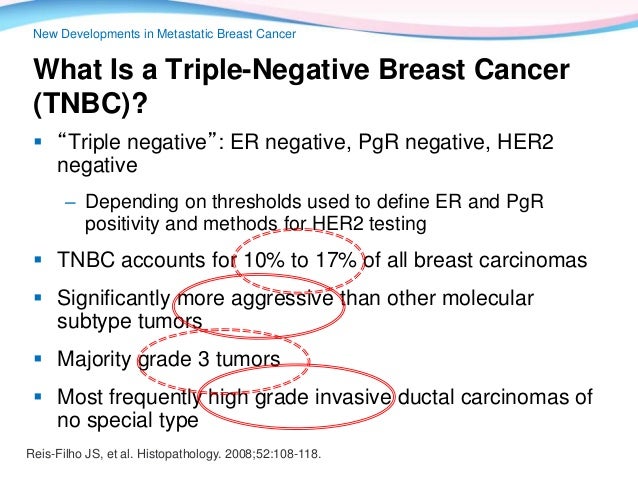The type of breast cancer you have determines the type of medication you take. This is called ductal carcinoma in situ DCIS a non-invasive breast cancer.
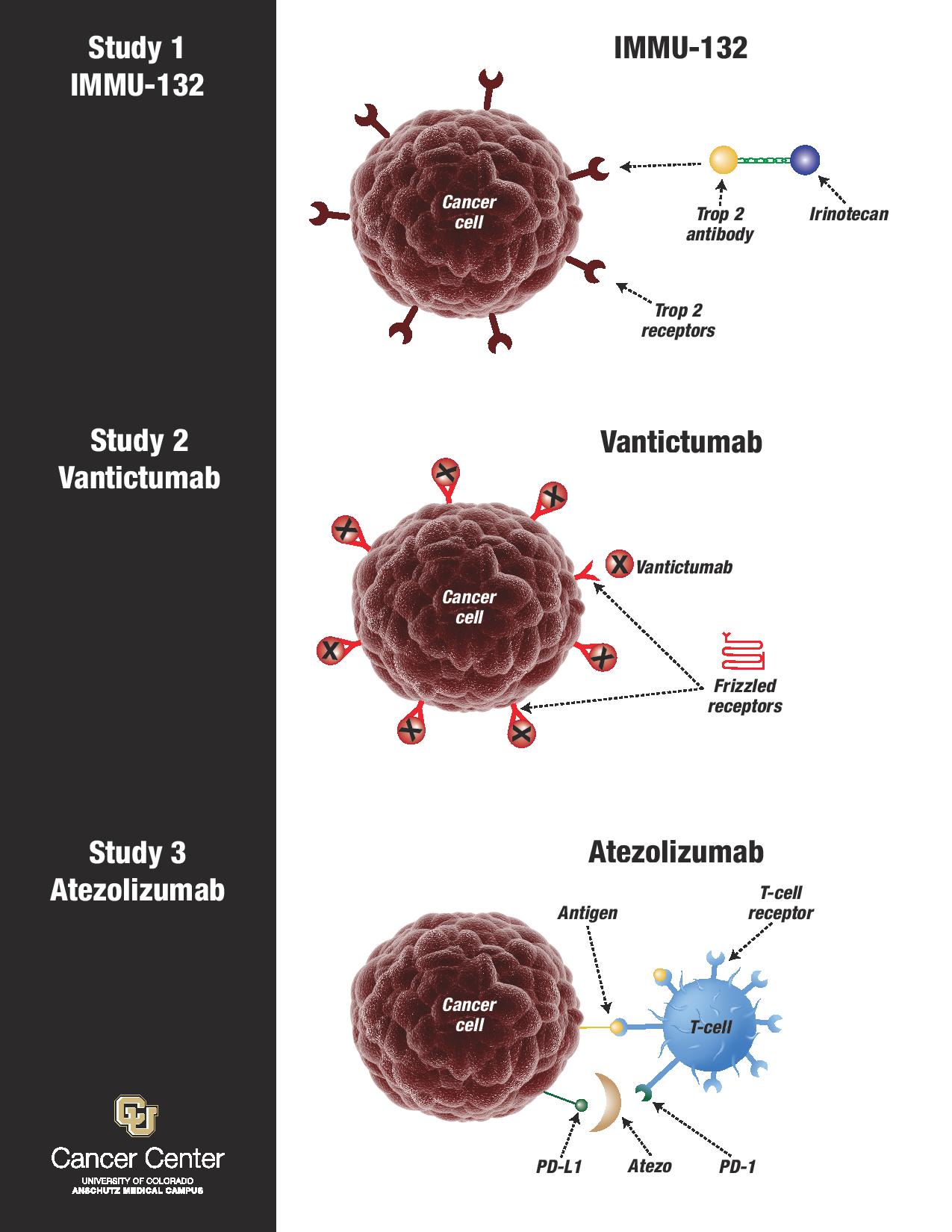 Finally Targeted Therapies For Triple Negative Breast Cancer
Finally Targeted Therapies For Triple Negative Breast Cancer
A negative result means that the cancer growth is not supported by the hormone estrogen and progesterone or by the.
/stage-2-breast-cancer-429889-v12-f632cc0652d2493f9e0e8bd1d82a5171.png)
Stage 2 triple negative breast cancer. Testing negative for all three is often called triple-negative. In stage 0 there is no evidence of cancer cells or non-cancerous abnormal cells breaking out of the part of the breast in which they started or getting through to or invading neighboring normal tissue. The tumor is 2 cm about 34 of an inch or less across and has not spread to lymph nodes or distant sites.
Breast cancers are ER-positive HER2-positive or triple negative. Testing negative for the third cancer facility is triple-negative. This article looks at the recurrence rates survival statistics treatment and.
In stage 0 cancer the cancer has not spread to lymph nodes or distant sites. Breast cancer isnt a single disease. The term triple-negative breast cancer refers to the fact that the cancer cells dont have estrogen or progesterone receptors and also dont make too much of the protein called HER2.
Lumpectomy ACT chemotherapy radiation and hormone therapy Lupron and Anastrozole Joy Rodgers IDC Stage 2 Triple Negative. If your cancer isnt sensitive to these hormones and doesnt have an increased amount of HER2 its called triple-negative breast cancer TNBC. Stage 2 Breast Cancers.
Triple negative breast cancer stages are assigned based on the extent of the cancer at the time of diagnosis including the size of the tumor and whether it has spread to other areas of the body. You have a tumor of 2 cm or smaller that has spread to at least one lymph node. A diagnosis of triple negative breast cancer means that the three most common types of receptors known to fuel most breast cancer growthestrogen progesterone and the HER-2neu gene are not present in the cancer tumor.
OR Your tumor has invaded nearby tissue at least 01 cm and has spread to at least one lymph node. It can recur more frequently than other types. This means that the breast cancer cells have tested negative for hormone epidermal growth factor receptor 2 HER-2 estrogen receptors ER and progesterone receptors PR.
When clinical investigative result showed all these three related tests are negative in the breast cancer tumor progressive report then the condition is termed as Triple-negative breast cancer. Estrogen progesterone and the HER-2neu gene are the three primary receptors stimulate the growth of the breast cancer. Its made up of several subtypes.
In the first years following a diagnosis the survival rates for triple-negative breast cancers are lower but unlike estrogen-positive tumors that are notorious for having late recurrences triple-negative tumors are much less likely to recur after five years. Triple negative doesnt have any receptors commonly found in breast cancer making it harder to treat. Stage IV Triple-negative Breast cancer.
The difference is determined by the size of the tumor and whether the breast cancer has spread to the lymph nodes. Metastatic cancer survival rates. Learn more about triple-negative breast cancer.
One of these subtypes is known as triple-negative breast cancer TNBC. Stage 0 is used to describe non-invasive breast cancers such as DCIS ductal carcinoma in situ. Stage 2A and Stage 2B.
About 10-20 of breast cancers are triple-negative. Triple negative breast cancer survival rates by stage - The pathology report you might say that breast cancer cells tested negative for estrogen receptor ER progesterone receptor PR and HER2 HER2-. TNBC doesnt have receptors for the hormones.
Lump found on breast. This stage is divided into groups. Common chemo drugs used are anthracyclines taxanes capecitabine gemcitabine eribulin and others.
TNBC represents 10 to 15 percent of all. If youve been diagnosed with breast cancer you may learn that the breast cancer cells test negative for estrogen and progesterone receptors and HER2. Approximately 15 percent of all breast cancer cases are classified as triple negative or hormone receptor negative which means that the cancer cells lack receptors for estrogen progesterone and HER.
For metastatic triple-negative tumors an immunotherapy drug was approved in 2018 only for triple-negative breast cancer. Stage 2 means the breast cancer is growing but it is still contained in the breast or growth has only extended to the nearby lymph nodes. These cancers tend to grow more quickly and respond to fewer treatments.
Chemo is often used first when the cancer has spread to other parts of the body stage IV. Triple-negative breast cancer TNBC accounts for about 10-15 of all breast cancers. No tumor has been found in breast tissue but cancer cells have lodged in lymph nodes near your breast.
The 5-year survival rate for stage 1 triple-negative breast cancer is 85. Learn more from experts at WebMD. Triple-negative breast cancer is an aggressive form of breast cancer.
The cells test negative on all 3 tests.
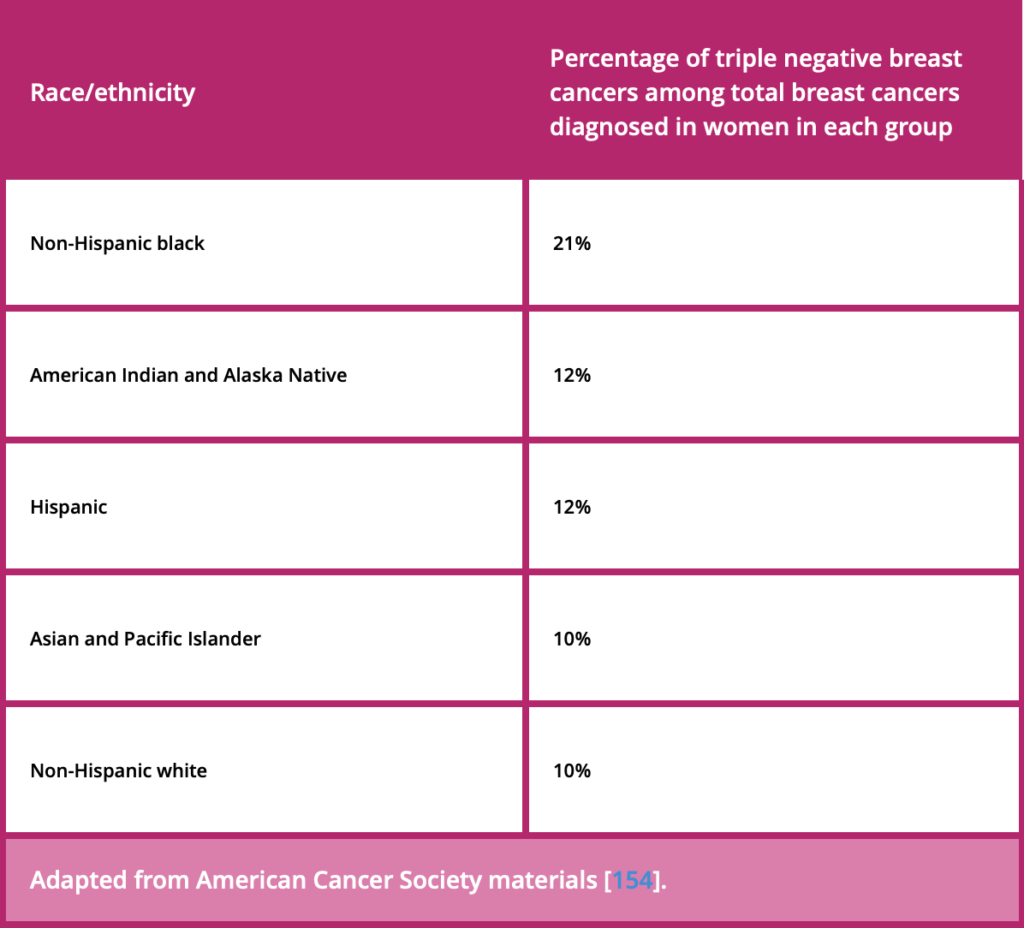 Triple Negative Breast Cancer Bridge Breast Network
Triple Negative Breast Cancer Bridge Breast Network
 Should Triple Negative Breast Cancer Tnbc Subtype
Should Triple Negative Breast Cancer Tnbc Subtype
:max_bytes(150000):strip_icc()/stage-2-breast-cancer-429889-v12-f632cc0652d2493f9e0e8bd1d82a5171.png) Stage 2 Breast Cancer Diagnosis Treatment Survival
Stage 2 Breast Cancer Diagnosis Treatment Survival
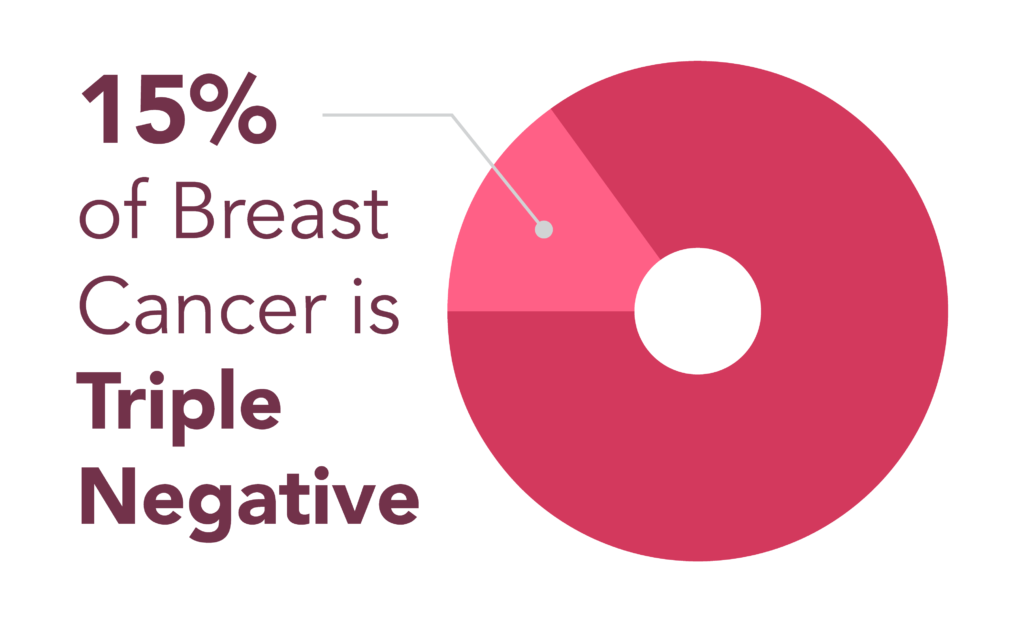 Triple Negative Breast Cancer National Breast Cancer Foundation
Triple Negative Breast Cancer National Breast Cancer Foundation
 Management Of Triple Negative Breast Cancer In Older Patients How Is It Different Cancer Network
Management Of Triple Negative Breast Cancer In Older Patients How Is It Different Cancer Network
 Genetic Markers In Triple Negative Breast Cancer Clinical Breast Cancer
Genetic Markers In Triple Negative Breast Cancer Clinical Breast Cancer

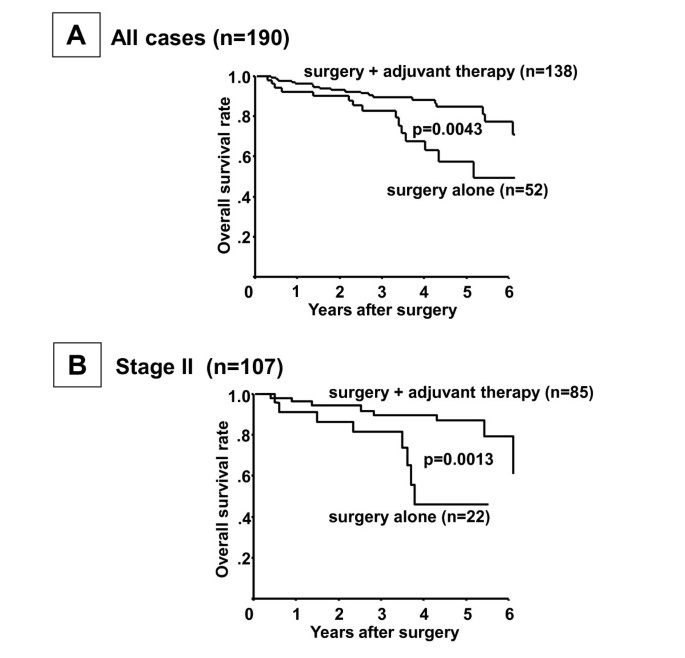 Advantages Of Adjuvant Chemotherapy For Patients With Triple Negative Breast Cancer At Stage Ii Usefulness Of Prognostic Markers E Cadherin And Ki67 Breast Cancer Research Full Text
Advantages Of Adjuvant Chemotherapy For Patients With Triple Negative Breast Cancer At Stage Ii Usefulness Of Prognostic Markers E Cadherin And Ki67 Breast Cancer Research Full Text
 Characteristics Of 111 Patients With Triple Negative Breast Cancer Download Table
Characteristics Of 111 Patients With Triple Negative Breast Cancer Download Table
 Management Of Triple Negative Breast Cancer In Older Patients How Is It Different Cancer Network
Management Of Triple Negative Breast Cancer In Older Patients How Is It Different Cancer Network
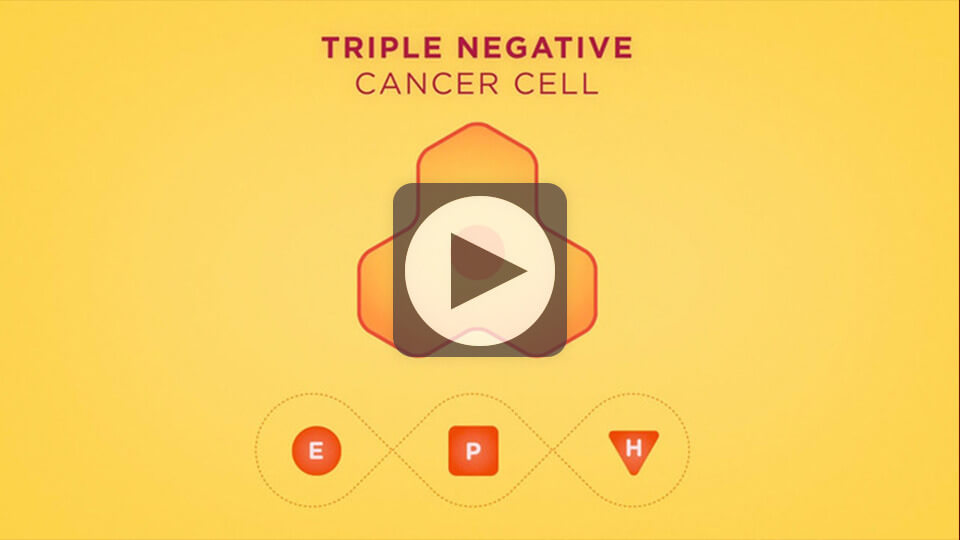 Triple Negative Breast Cancer National Breast Cancer Foundation
Triple Negative Breast Cancer National Breast Cancer Foundation
/stage-2-breast-cancer-429889-v12-f632cc0652d2493f9e0e8bd1d82a5171.png) Stage 2 Breast Cancer Diagnosis Treatment Survival
Stage 2 Breast Cancer Diagnosis Treatment Survival
